To celebrate the 125th anniversary of the Gaiety Theatre, we’ve taken a deep dive into its truly unique past. Its ornamental walls house many a long lost tale and its history could be considered quite the plot twist…
The Foundations
Originally built in 1893 to the design of John Rennison, the theatre was commissioned by the originator of the Douglas Bay Horse Tramway, Thomas Lightfoot, and plot owner C.F. Marley, and was named the Marina. Sadly, six months after opening, they declared bankruptcy and the theatre was bought out of auction and renamed the Pavilion. The owning companies all amalgamated after going into voluntary liquidation and jointly formed the Palace and Derby Castle Group, which is where the true story of the Gaiety begins.
Frank Matcham and The Palace and Derby Castle Group
The Palace and Derby Castle Group commissioned renowned theatre architect Frank Matcham to redesign the venue, one of dozens of Matcham’s projects in the late 19th century. Over his 40 year career, Matcham created over 90 new theatres and rebuilt 50. At one point almost every town of note had a Matcham theatre!
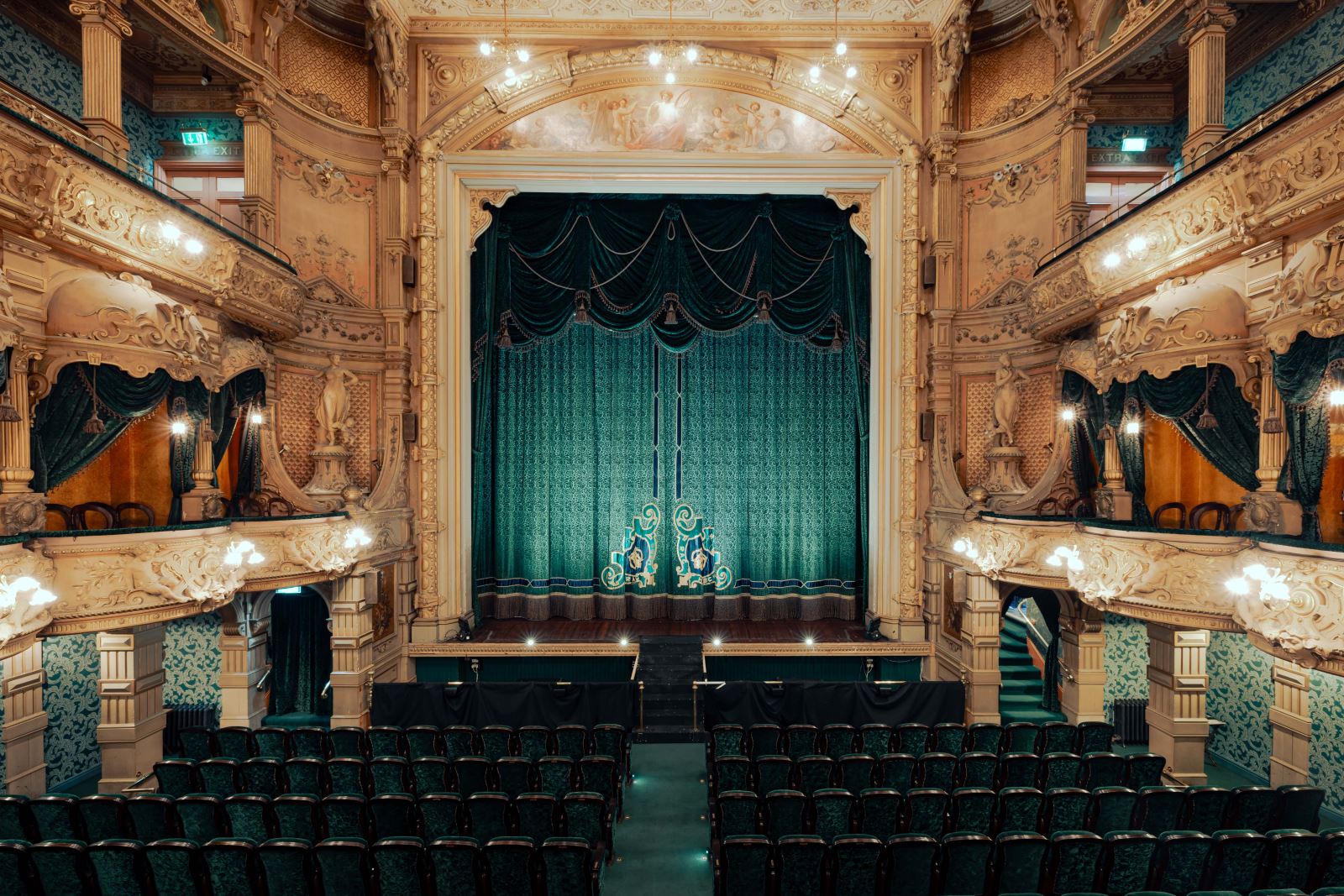
The Gaiety is considered one of Matcham’s finest works and delighted all on its opening night, the 16th July 1900 with a performance of ‘The Telephone Girl’, starring leading musical comedy actress Ada Blanche. The show was opened by an eight member choir of the Douglas Choral Union who sang the Manx national anthem, before speeches were made by John Brown, the director of the Palace and Derby Castle Company, and Frank Matcham, the architect.
The Threat of the Silver Screen
During the early 20th century, tourism flourished on the Island, with many visitors enjoying the Gaiety and its performances. However, between the two world wars, the first proper threat to the theatre emerged with the influx of cinemas. Douglas soon became home to many cinemas; The Regal, The Strand, The Picture House, The Crescent and The Royalty. To cater to demand, the Gaiety installed an up to date projection suite above the Gallery in 1932, which became the theatre’s principal form of entertainment in the Second World War. This projection suite has now been fully restored and is one of only a few in the British Isles to remain in its original condition.
By the time the late sixties rolled around, the Gaiety was in a bad way and in desperate need of restoration. Devastatingly, it would have been pulled down completely had it not been for the defiance of Arthur Corkill, accountant and secretary for The Palace and Derby Castle Company, who refused to sign the documents authorising demolition! This bought some valuable time, during which Corkill alerted the Isle of Man Government to the impending plans. Thankfully this paid off and Tynwald, the Island’s parliament, stepped forward to purchase the Gaiety Theatre!
The Friends of the Gaiety
Along with the purchase of the theatre, a group of theatre supporters known as the Friends of the Gaiety was formed. They registered as a charity and worked hard to raise funds that went towards both advertising and the first restoration, which took place under Victor Glasstone in 1979.
By 1984, Mervin Russell Stokes was appointed General Manager, and the FOG upped their assistance doing show times as ushers and sellers of programmes and goods like hot drinks and ice creams. By 1990, the FOG were in a position to assist in an ambitious 10 year project plan to fully restore the Gaiety to its former glory by the 16th July 2000, the theatre’s centenary.
Restoration
Fortunately, the original architectural drawings of the Gaiety, in Matcham’s own hand, still existed. These, along with three photographs, one of the exterior taken in 1901, and two interior shots taken on the 1900 opening night, were used to guide all of the restoration work.
The restoration was extensive, from painfully piecing together fragments of glass to recreate the theatre’s former rose window in the auditorium ceiling, to removing the best part of 90 years of nicotine and dirt from its frescoes, there was much work to be done and many specialists hired to assist in the mammoth project.
Special Features of the Gaiety Theatre
Incredibly, many of the theatre’s original fixtures, fittings and fabrics have survived, including the impressive drop curtain which is now the only Victorian drop to survive in a public theatre in the British Isles. The curtain’s design features a Sultan watching a dancing girl with a background of domed palaces and minarets, which are echoed in the tented domes of the theatre’s boxes.
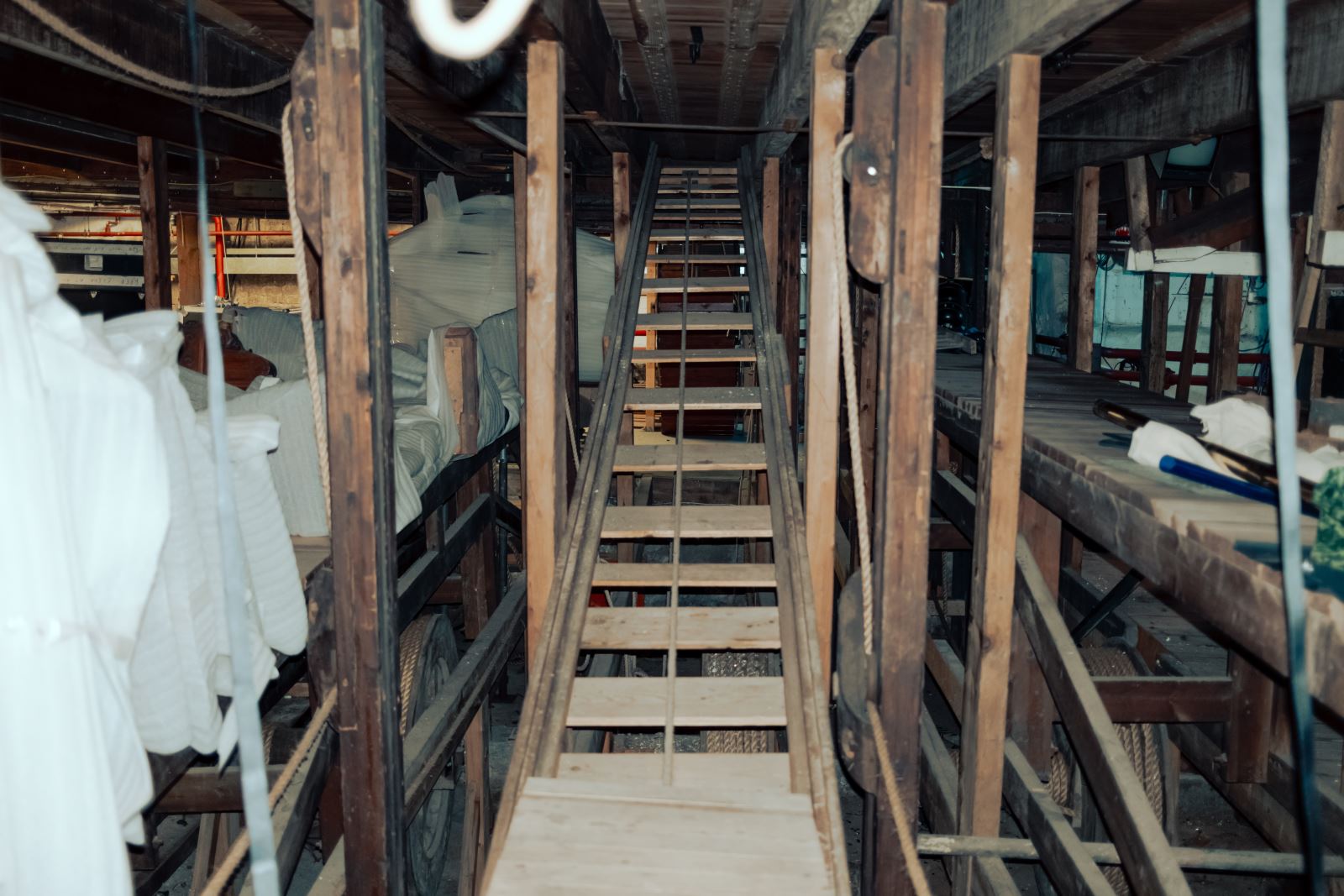
Another important feature of the theatre is its impressive Victorian Machine House. The Gaiety had a full machine house consisting of Bridges, Sloat Traps, a Corsican Trap, Demon Traps and a Grave Trap. Over the years replacements were sought out and after being installed at the Gaiety, its Victorian Machine House is once again able to surprise and delight audiences.
Like the Drop, the machine house is unique as it contains the only known example of a Corsican Trap, which allows actors to rise through the stage floor whilst simultaneously traversing it.
A Must Visit
The Gaiety Theatre is a shiny jewel in the crown of the Isle of Man, and continues to house wonderful talent and provide memorable experiences to both visitors and locals alike. Previous director of the Theatres Trust of Great Britain, Peter Longman, described the Gaiety as “Certainly not the biggest nor the grandest, the oldest or the smallest theatre, but even if it had not been so lovingly restored it would still be one of the finest examples of our greatest and most prolific theatre architect.
Find out how to book a guided tour of the theatre here.




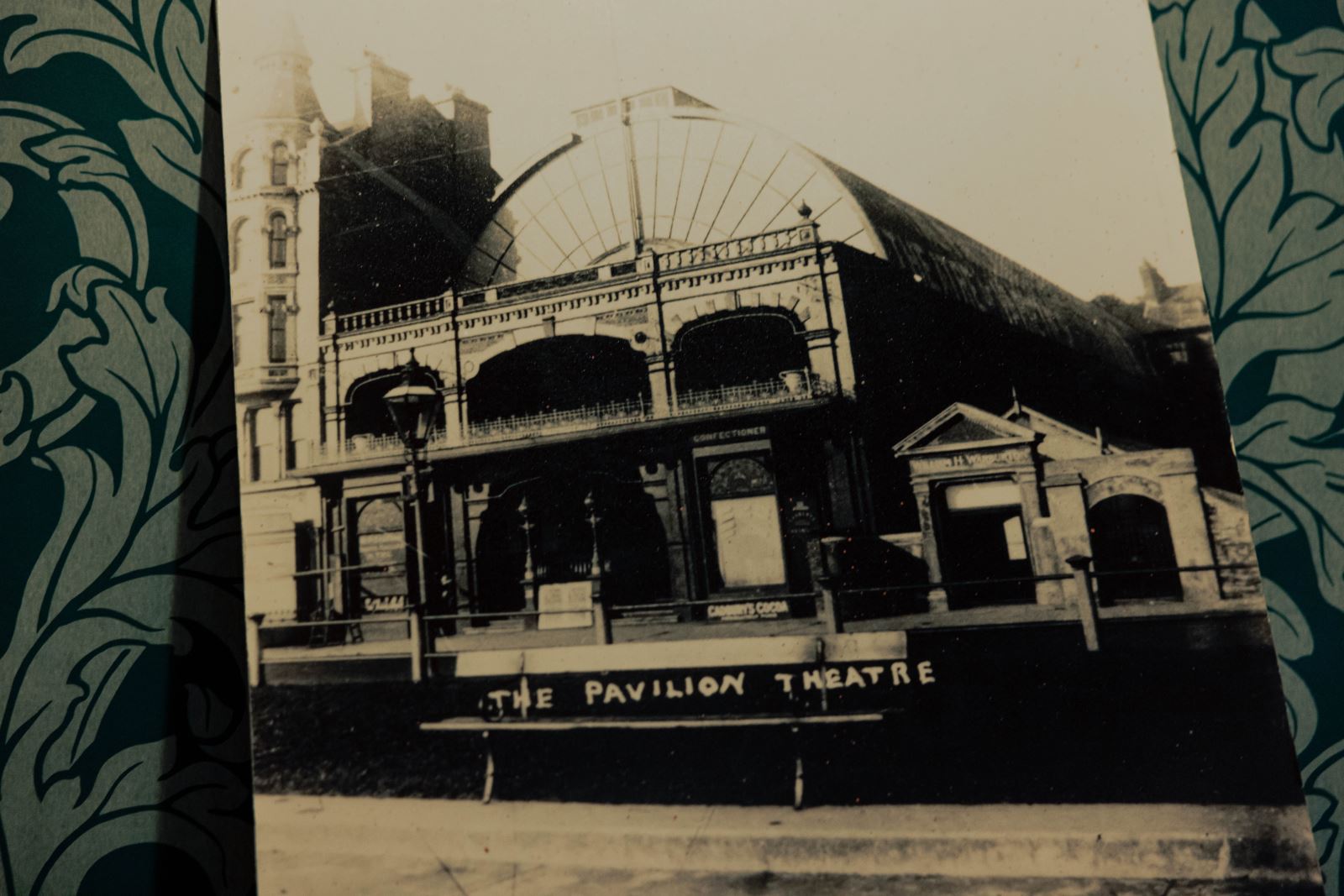
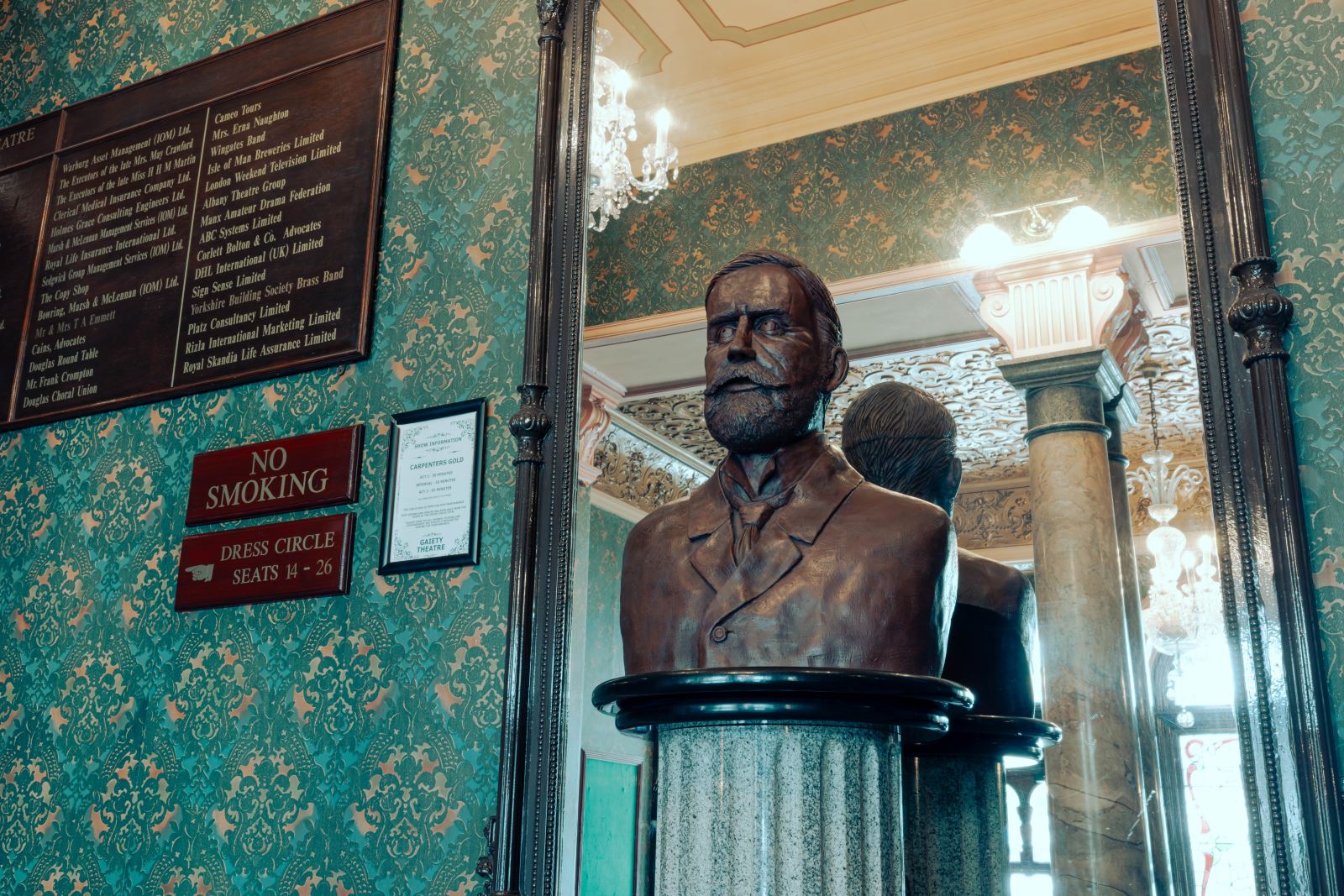
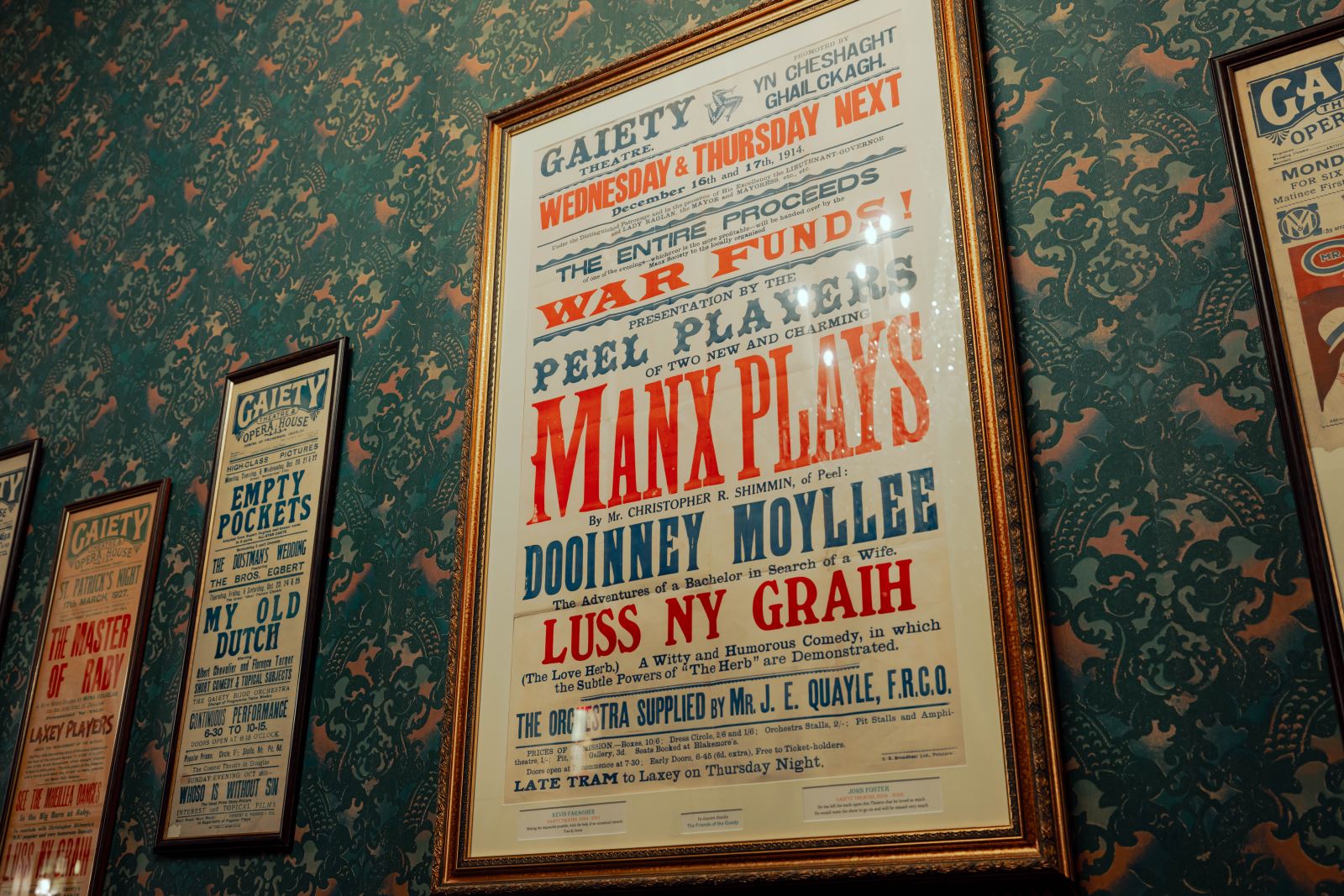
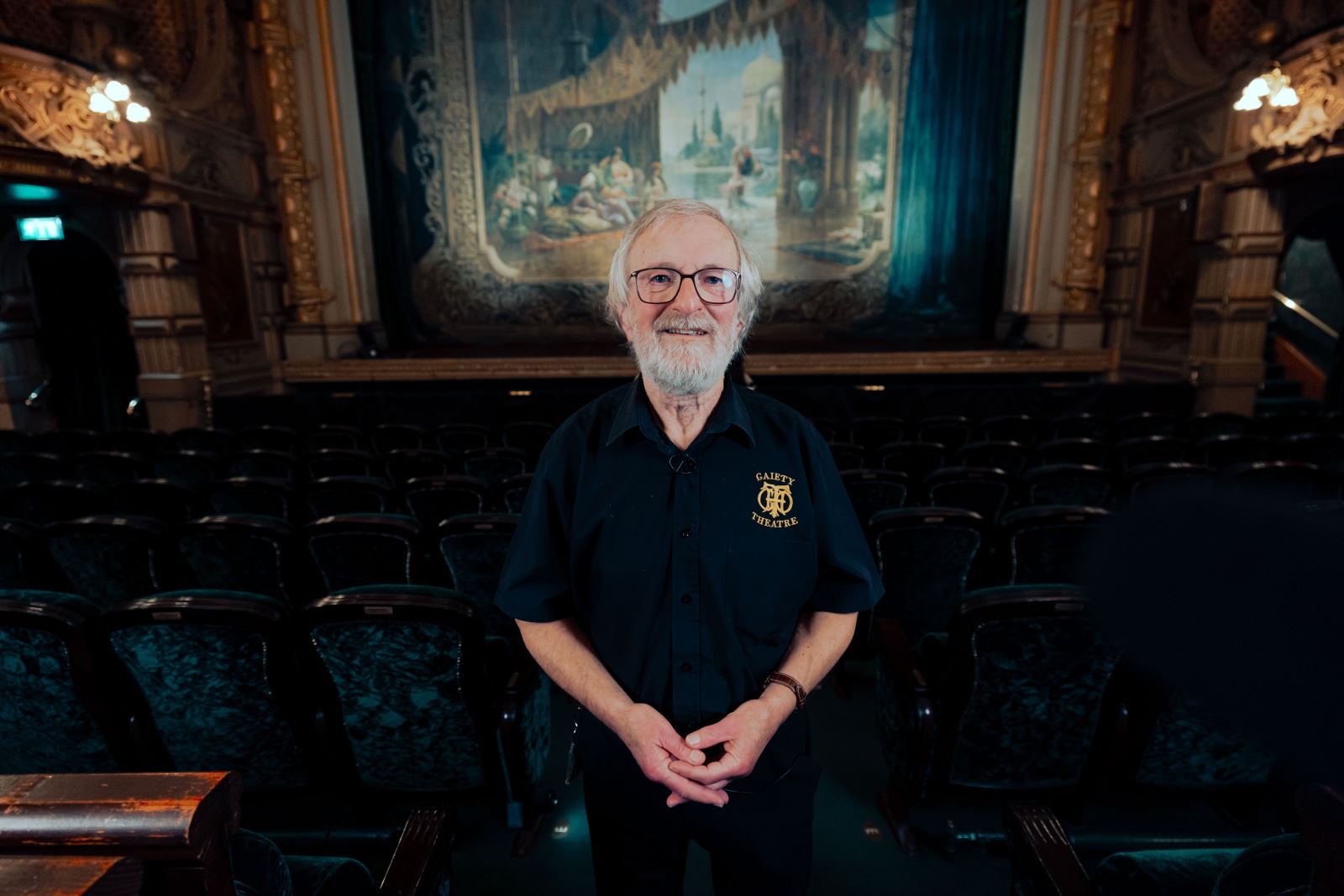
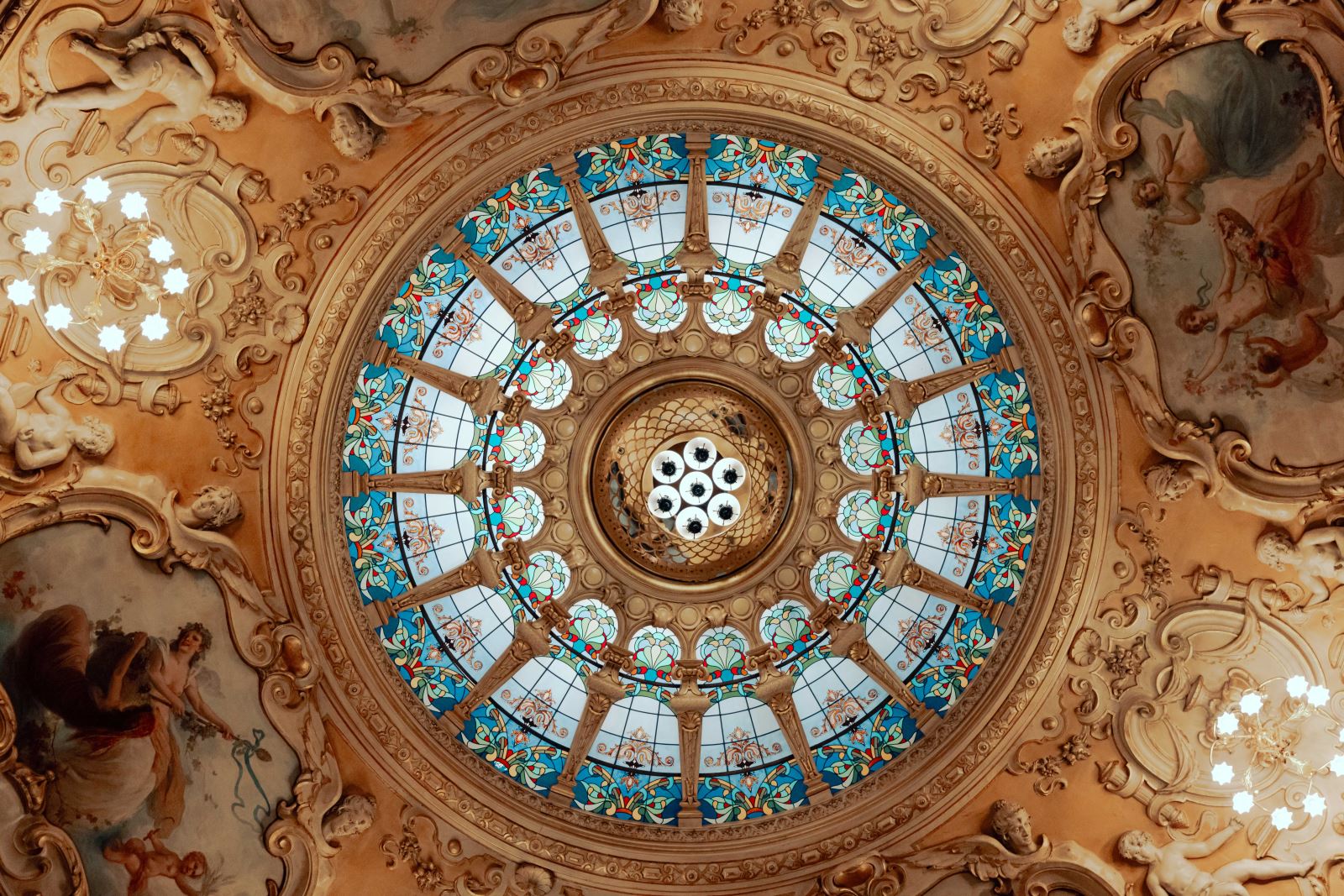
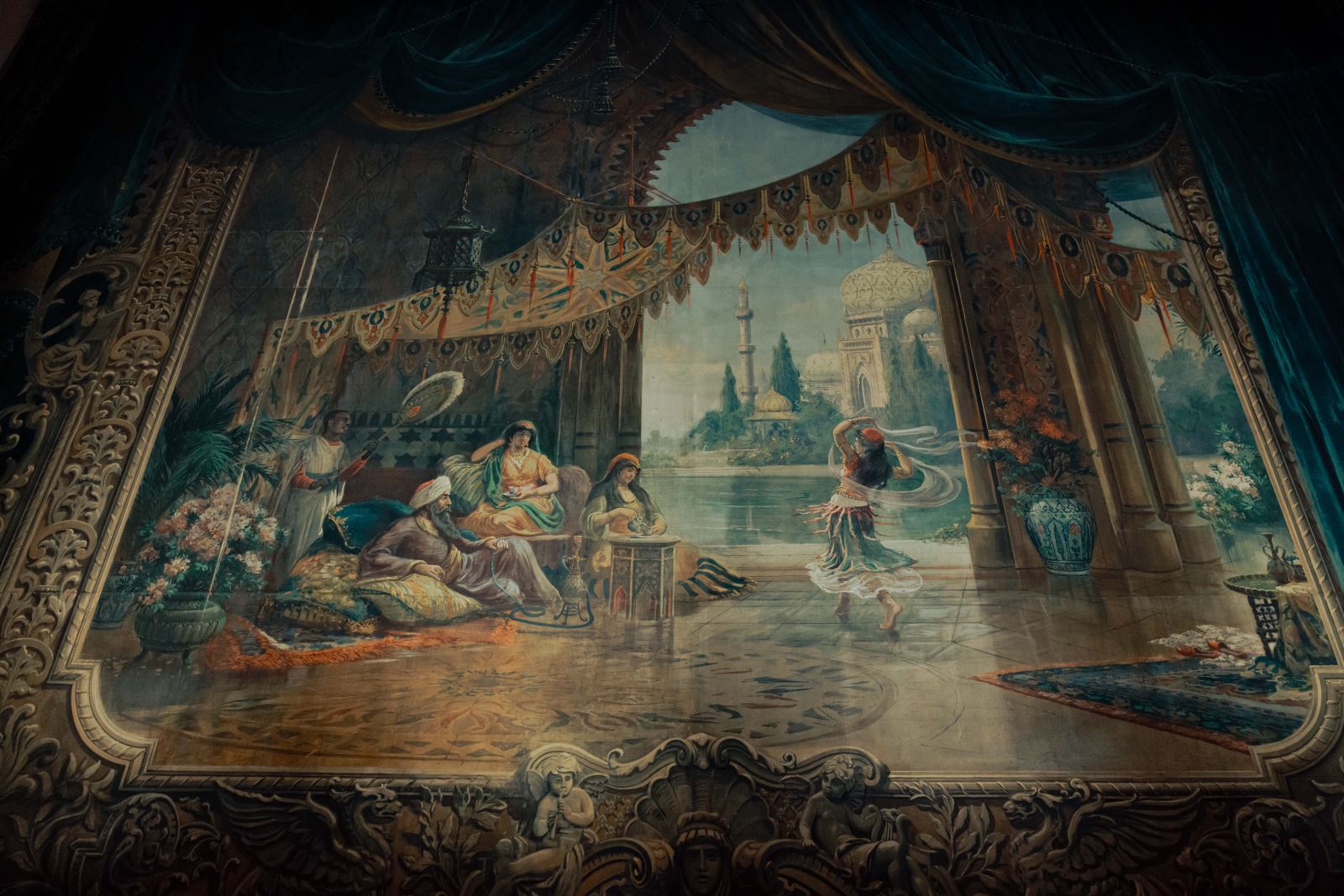
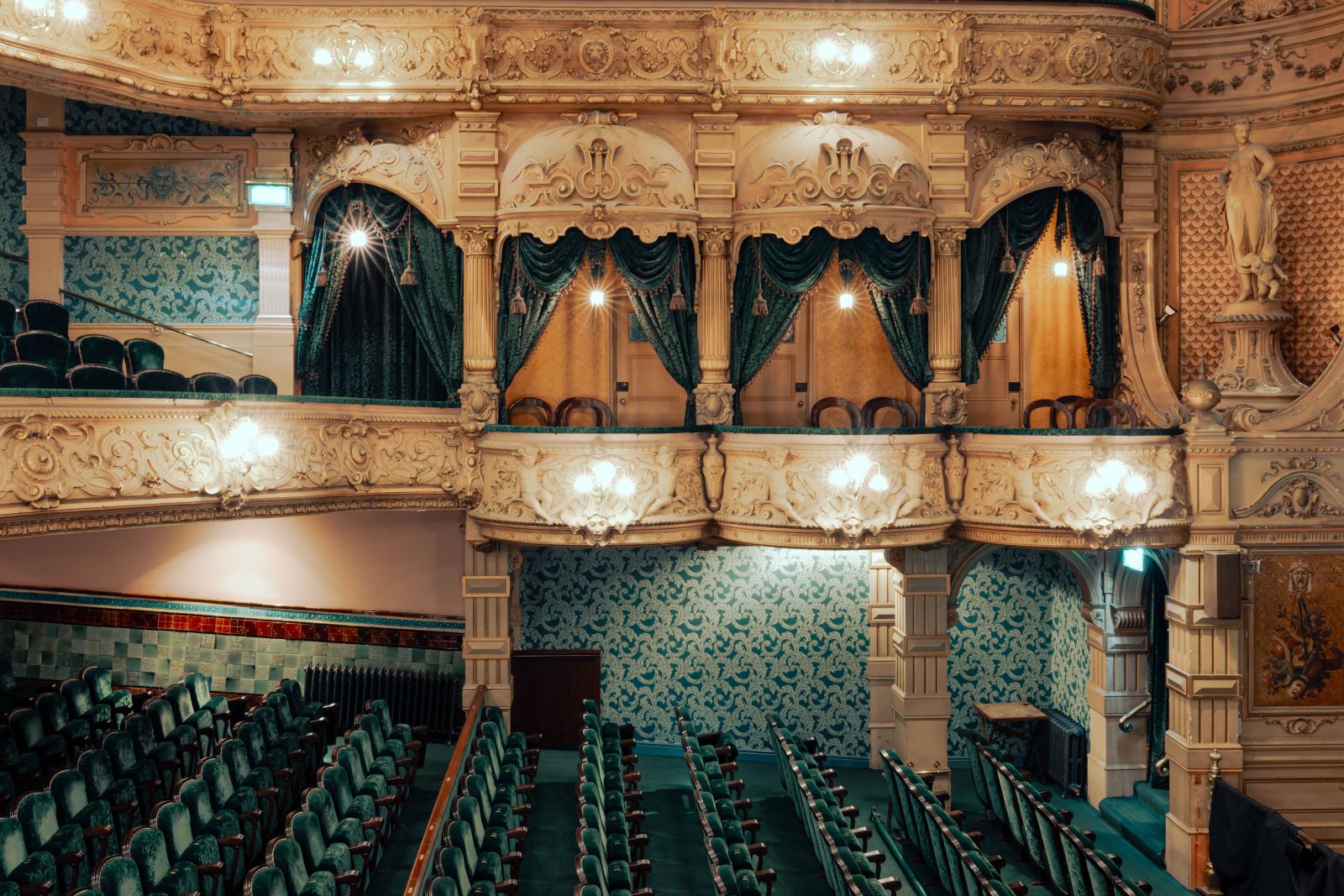


Comments
Comments are disabled for this post.